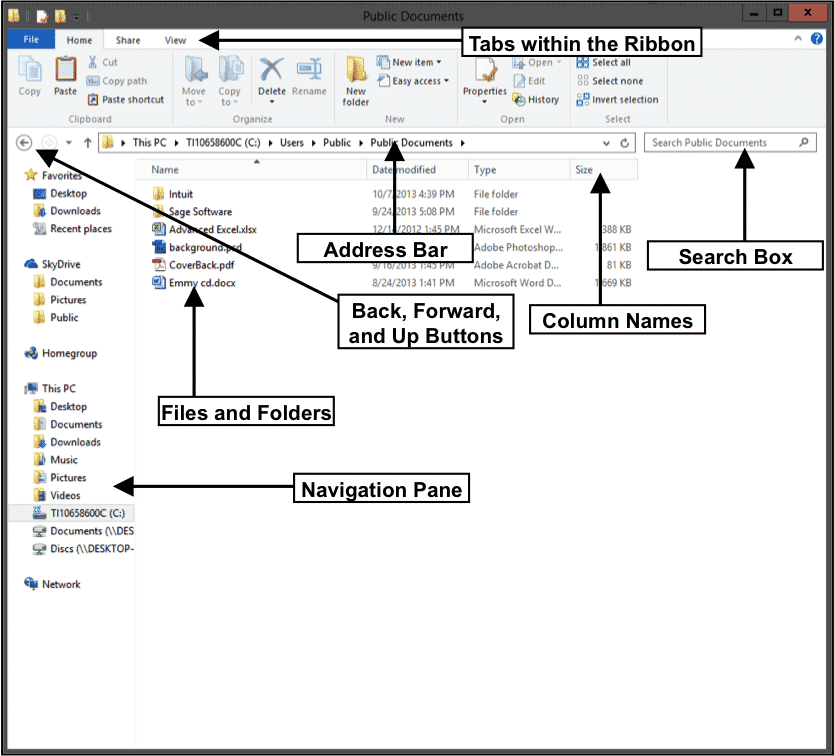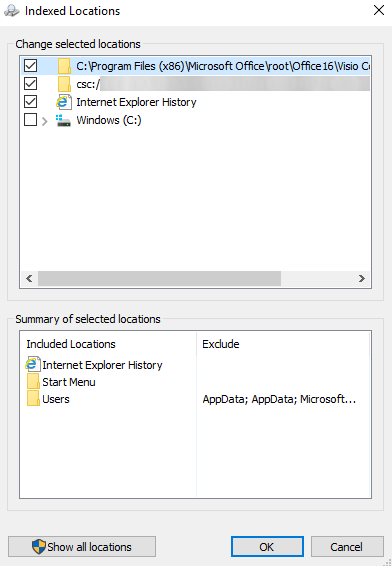

- SEARCH FOR TEXT IN FILES WINDOWS 8 WINDOWS 8
- SEARCH FOR TEXT IN FILES WINDOWS 8 WINDOWS 7
- SEARCH FOR TEXT IN FILES WINDOWS 8 FREE
Also remember the old faithful * wildcard, especially if you trying to find a special character such as à.Jackson AND Singer Also you could use parentheses (Jackson Singer). Windows Explorer’s trawls through the contents of files and applies its logic to the words on either side of the Boolean operator, for example: The key to mastering these techniques is to type the operator in UPPER case. It’s not going to take me as long to use this query syntax in Windows 8!
SEARCH FOR TEXT IN FILES WINDOWS 8 WINDOWS 7
I have to confess that it was only after I had used Windows 7 for two years that Paul DeBrino directed me to these AQS aids for seeking files.

Alternatively, you could master the AQS syntax and type search commands in box to the right. You could use the mouse to click on the sub-menus, ‘Kind’, ‘Size’ or ‘Date Modified’ (see above).
SEARCH FOR TEXT IN FILES WINDOWS 8 WINDOWS 8
In this pair of screenshots we see the context sensitive tab on the Windows 8 Ribbon switch from ‘Home’ and ‘ Search Libraries‘ (above) to ‘Search Tools’ and ‘Size:>10mb’ (below). Please note that Windows 8 supplies a separate dialog box to search for Windows 8 Apps.Īssuming you have launched the Windows Explorer, as soon as you click on ‘Search Libraries’ the Ribbon tab changes to highlight ‘Search Tools’. This page deals with hunting for pictures, music files or office documents stored on your computer by using the Windows Explorer. Prints the line number as well.Īdvanced options include returning content that is found at the beginning or end of lines, using regular expressions, or using wildcards.Here are techniques for mastering the ‘’ box in Windows 8, and thus finding your files more easily.

ipconfig | findstr "192.168" - The command runs ipconfig and returns any result that matches 192.168./V - print only lines that contain a matchįindstr Examples That You May Find UsefulĬonsider these examples to try with findstr:./P - skip files with non-printable characters./B - matches patterns at the beginning of lines./R - use search strings as regular expressions./S - searches the directory and all subdirectories.For example, you can look for exact match or case-sensitive words inside files. Some Useful Parameters in findstrĪs you explore findstr, the following parameters will help you find specific texts. Alternatively, use the Run command to open findstr. Open a new command line prompt by clicking on the Windows-key, typing cmd.exe, and selecting the result. You can run findstr from the command line or as a batch file. You may use it to scan entire directory structures or drives for files that match the selected string or part of it, and to find specific text in command line outputs quickly. What is findstr – Search for Text in Windows Files Example of findstr on Windows CMDįindstr is a powerful command that you may use to search for strings in files or to filter command line output. Third-party tools like Notepad++, GGRep, and Everything support finding text in files as well. Run findstr /? from the command line to display all parameters and options that "Find String" supports. You can use the application to filter command-line outputs and search individual files or entire directory structures for files with matching text. It is available in all major Windows versions including Windows 10.
SEARCH FOR TEXT IN FILES WINDOWS 8 FREE
In other words, if you want to find specific exact match text strings in files, in a command-line output, or elsewhere, you may use the free findstr command on Windows to do so. Findstr is a built-in tool of the Windows operating system that you may run from the command line to find text in files or in command-line outputs.


 0 kommentar(er)
0 kommentar(er)
